"It is absolutely possible that beyond what our senses perceive, hide unsuspected worlds." Albert Einstein (1879 - 1955), Nobel Prize in Physics in 1921 for his interpretation of the photoelectric effect.
In 1905, Albert Einstein in his formulation of special relativity, told us that space and time are linked in a four-dimensional continuum. Objects move in a space-time where the coordinate of time is no longer differentiated from the three coordinates of space.
Time has become a dimension of space, that is to say an additional direction according to which an object can move.
How to represent this fourth dimension?
A zero dimensional space is a space in which we move in zero direction, that is, we cannot move, it is a point. If we stretch a zero dimensional space we get a one dimensional space, that is to say a line. An object can only move in one direction but in both directions. The direction chosen here is horizontal but we could have represented it from another point of view (oblique direction). If we stretch a one-dimensional space we get a two-dimensional space, that is to say a plane. In a plane, two directions are enough for an object to move anywhere. The directions chosen here (the simplest) are orthonormal but we could have taken two oblique directions. If we stretch a two-dimensional space we get a three-dimensional space, that is to say a volume. Three directions are enough for an object to move anywhere in the volume. The directions chosen here (the simplest) are perpendicular to each other but we could have taken three oblique directions. If we stretch a three-dimensional space, we obtain a four-dimensional space, that is to say a hypervolume. Four directions are enough for an object to move anywhere in the hypervolume. The directions chosen here (the simplest) are perpendicular to each other but we could have taken oblique directions.
The definition of a four-dimensional space-time where the notion of time disappears is easy to understand. However, the rigorous representation of this space in 4D is extremely complex or even impossible to image. | | Our senses have not been selected by evolution to see the universe in infrared or ultraviolet. They were also not selected to perceive more than three dimensions. Moreover our universe is projected in two dimensions on our retina (as on a screen). But by moving in this three-dimensional space (changing direction, turning, etc.), our brain accumulates more and more 2D viewpoints and can interpret a third dimension (depth).
Yet we also move in time!
This faculty of the brain which allows us to see in 3D has been a selective advantage and has therefore been selected by evolution. But the interpretation of 4D has not been a selective advantage, and our movement from the past to the future has not been integrated with the other three directions.
It is therefore impossible to imagine this fourth dimension. However, it is possible to mentally represent one or more partial images of reality.
These images cannot be reality itself because our brain has no experience of 4D unlike 3D in which we operate every day.
NB: the notion of space-time was introduced by Minkowski in 1908 in a mathematical exposition on the geometry of space and time as it had been defined by the special theory of relativity of Albert Einstein "On the electrodynamics of moving bodies".
The formulation of special relativity that Minkowski proposed in 1908 had perhaps even more difficulty in asserting itself than Einstein's initial formulation. Indeed, Einstein himself began by pushing her away... The reason is that, as Minkowki had announced, time and space, which Einstein had already made relative, received the status of illusions and disappeared to make way for space-time, a concept that was too mathematical. and abstract to Einstein's taste. But as he himself admitted, Einstein could never have formulated his theory of general relativity without the concept of space-time formalized by Minkowski. | | 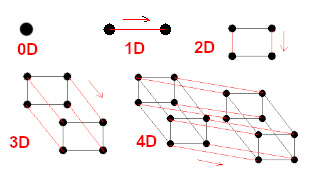 Image: A zero dimensional space is a point. If we stretch the point, we get a one-dimensional space, i.e. a line. If we stretch the line, we get a two-dimensional space, that is to say a plane. If we stretch the plane, we get a three-dimensional space, that is to say a volume. If we stretch the volume, we get a four-dimensional space, that is to say a hypervolume.
In this representation, each new dimension is perpendicular to the previous ones up to the 4D hypercube, but we can continue in this way in dimension five, then six, and with n-dimensional or n-cube hypercubes. The representation of the hypercube is the simplest, but it is the same for a hypersphere, a hyperprism or a non-geometric hypervolume.
An object evolving in dimension n cannot see another object evolving in dimension n + 1. For example, in 2D space, no 3D object is visible.  Image: The four-dimensional or 4-cube hypercube is often referred to as "tesseract". |
Each time we add a dimension to the mathematical space, it grows enormously.
The representation of a four-dimensional universe is much larger than the three-dimensional universe. In 2D space a circle is a slice of the sphere in 3D space.
Likewise, in our familiar three-dimensional universe one can only see a single slice of the four-dimensional universe.
To try to illustrate this four-dimensional state, we must reduce the number of dimensions.
A two-dimensional space-time (one dimension of space and one dimension of time) suffices to represent the concept of the geometry of time.
The space dimension can only contain points or lines that can only move along this dimension. In two-dimensional space-time, imagine a figure as in the image opposite.
A slit will move in the dimension of time, from the past to the future (from bottom to top). The view of our 2D universe through the slit shows us successive points and lines. The noticeable part of the 2D universe is what appears in the slit. As the slit moves from bottom to top, as time goes by, the dots and lines move horizontally along the slit. In the same way in a 3D universe what appears in a 2D universe is what appears in the slit. And so on...
Thus, we only perceive a three-dimensional slice of a four-dimensional reality. In our familiar 3D universe, time would only be a dynamic way of seeing the much larger 4D static universe in which the past, present and future do not exist. Everything would be frozen and visible in one fell swoop by beings from the fourth dimension !!!
NB: "Time is the best way to find nature so that everything does not happen all at once." Etienne Klein in the video "Does time exist?" | | 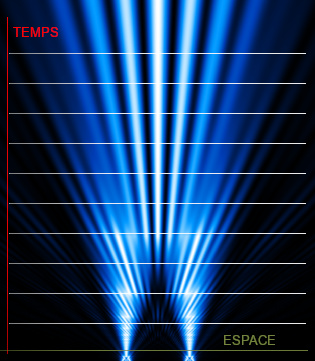 Image: representation of an image in two-dimensional space. A single slit slides on the figure from bottom to top representing the passage of time. What is perceptible is what appears in the slit of 1D space. We do not see the whole of the 2D figure but the figure slices after slice, that is to say small parts which scroll one after the other. The space seen by the slit seems dynamic, everything moves, while the 2D space is frozen. The illusion of dynamics is caused by the slippage of the slit, that is, by the passage of time. | | 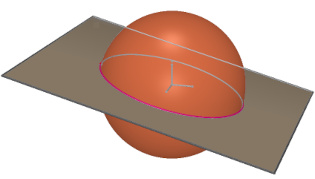 Image: A sphere crossing a two-dimensional universe would appear seen from that universe as a circle (red line) increasing more and more until the equator of the sphere then decreasing until disappearing.
The 2D world can only see the edge of the sphere which is inside its plane, that is to say a circle. 2D physical space is just a slice of 3D space. What the world sees in 2D is what appears on the map. The top and bottom are invisible.
Likewise, our familiar 3D physical space is actually just a 3D slice of a real 4D space that encompasses it.
If a 4D space hypersphere crossed our 3D space, we would see the layers of the hypersphere appear successively. We would see a small sphere which would grow little by little until it reached the size of the equator of the hypersphere then which would decrease until it completely disappeared. We would have seen the hypersphere slice by slice. |
 Automatic translation
Automatic translation






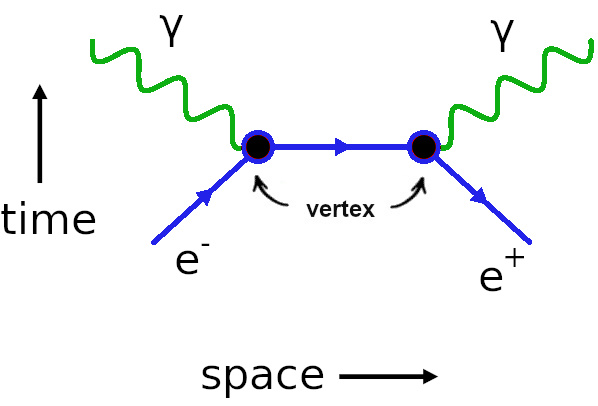 Feynman diagrams and particle physics
Feynman diagrams and particle physics
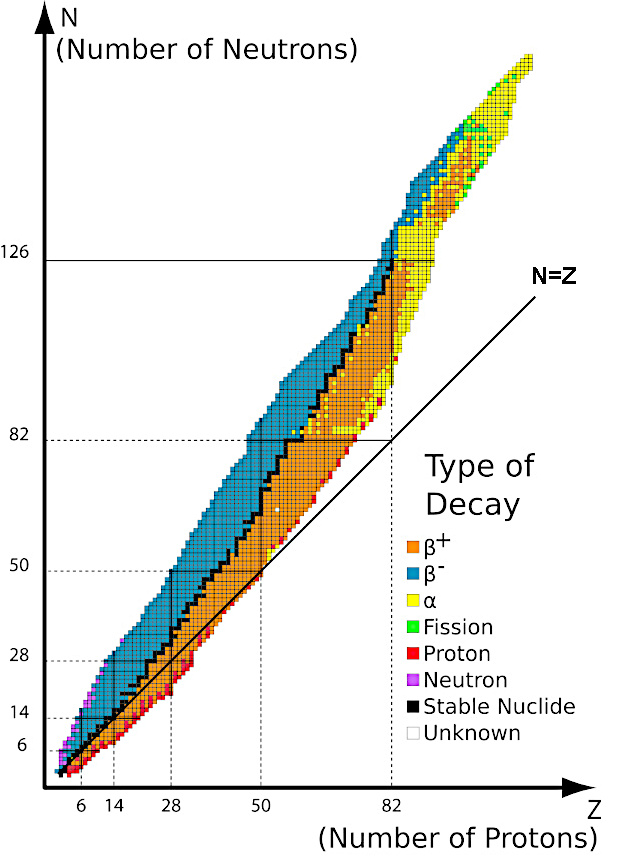 Stars cannot create elements heavier than iron because of the nuclear instability barrier
Stars cannot create elements heavier than iron because of the nuclear instability barrier
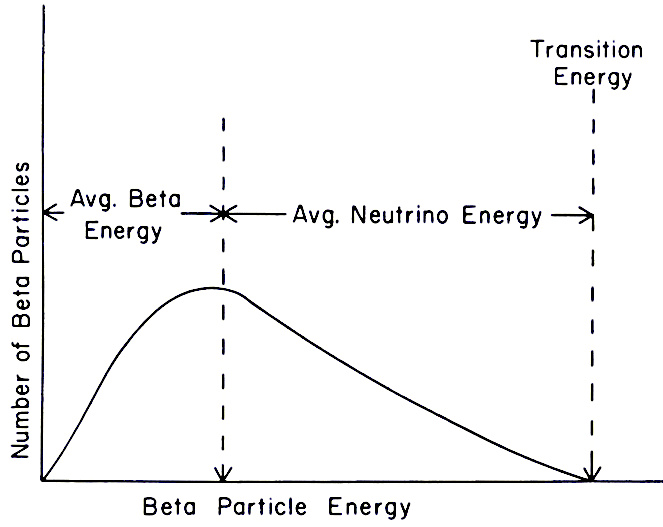 What is β radioactivity?
What is β radioactivity?
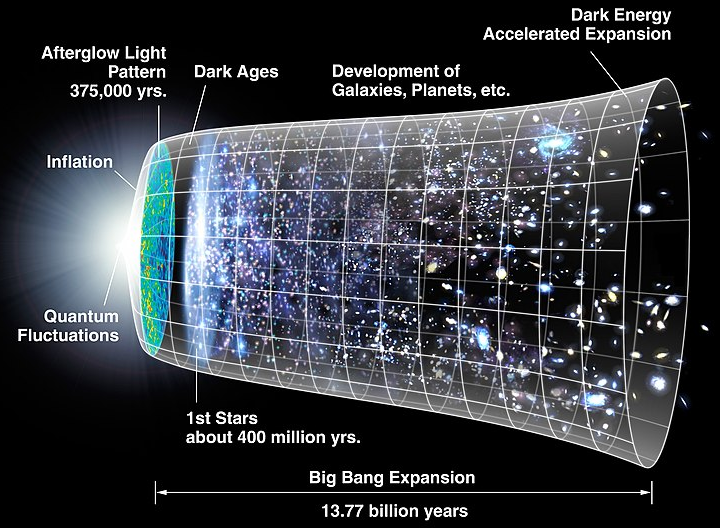 Planck wall theory
Planck wall theory
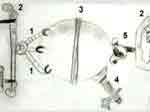 Is emptiness really empty?
Is emptiness really empty?
 The Large Hadron Collider
The Large Hadron Collider
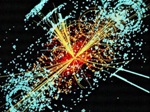 The hadron is not a fixed object
The hadron is not a fixed object
 Radioactivity, natural and artificial
Radioactivity, natural and artificial
 The scale of nanoparticles
The scale of nanoparticles
 Schrodinger's Cat
Schrodinger's Cat
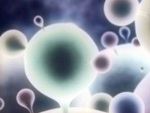 Before the big bang the multiverse
Before the big bang the multiverse
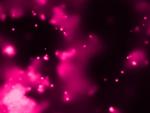 Eternal inflation
Eternal inflation
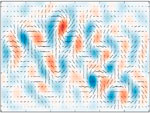 Gravitational waves
Gravitational waves
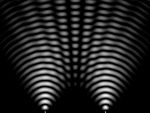 Principle of absorption and emission of a photon
Principle of absorption and emission of a photon
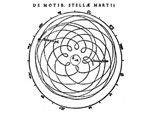 Beyond our senses
Beyond our senses
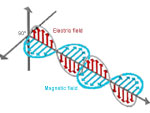 What is a wave?
What is a wave?
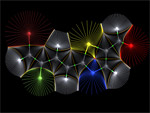 The fields of reality: what is a field?
The fields of reality: what is a field?
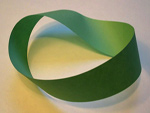 Space in time
Space in time
 Quantum computers
Quantum computers
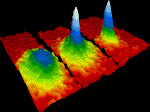 Bose-Einstein condensate
Bose-Einstein condensate
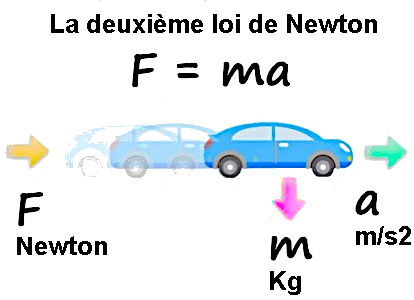 Equation of Newton's three laws
Equation of Newton's three laws
 Field concept in physics
Field concept in physics
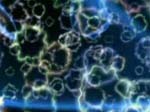 The electron, a kind of electrical point
The electron, a kind of electrical point
 Entropy and disorder
Entropy and disorder
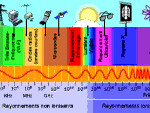 Light, all the light of the spectrum
Light, all the light of the spectrum
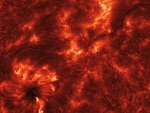 The infernal journey of the photon
The infernal journey of the photon
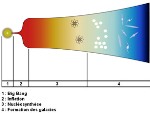 Mystery of the Big Bang, the problem of the horizon
Mystery of the Big Bang, the problem of the horizon
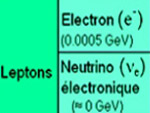 The neutrino and beta radioactivity
The neutrino and beta radioactivity
 Einstein's space time
Einstein's space time
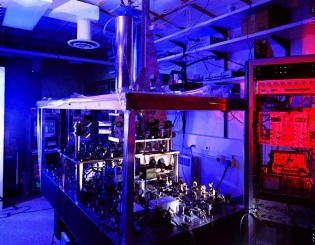 The incredible precision of the second
The incredible precision of the second
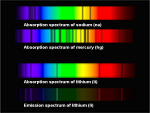 Why does physics have constants?
Why does physics have constants?
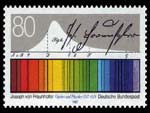 Spectroscopy, an inexhaustible source of information
Spectroscopy, an inexhaustible source of information
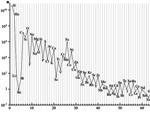 Abundance of chemical elements in the universe
Abundance of chemical elements in the universe
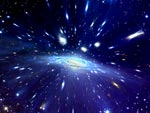 Effects of light aberration
Effects of light aberration
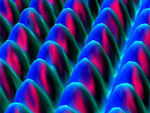 The size of atoms
The size of atoms
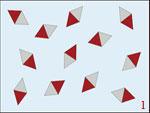 The magnetic order and magnetization
The magnetic order and magnetization
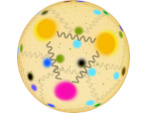 The quark confinement
The quark confinement
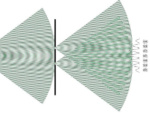 Superpositions of quantum states
Superpositions of quantum states
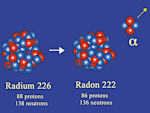 Alpha decay (α)
Alpha decay (α)
 Electromagnetic induction equation
Electromagnetic induction equation
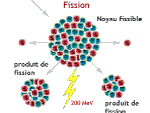 Nuclear fusion, natural energy source
Nuclear fusion, natural energy source
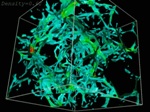 Does dark matter exist?
Does dark matter exist?
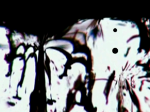 Non-baryonic matter
Non-baryonic matter
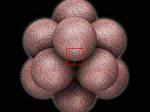 The mystery of the structure of the atom
The mystery of the structure of the atom
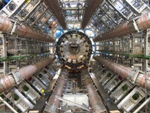 The mystery of matter, where mass comes from
The mystery of matter, where mass comes from
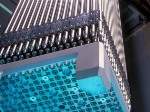 Nuclear energy and uranium
Nuclear energy and uranium
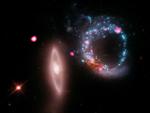 The Universe of X-rays
The Universe of X-rays
 How many photons to heat a coffee?
How many photons to heat a coffee?
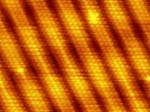 Image of gold atom, scanning tunneling microscope
Image of gold atom, scanning tunneling microscope
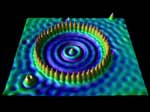 Quantum tunneling of quantum mechanics
Quantum tunneling of quantum mechanics
 Entropy and its effects, the passage of time
Entropy and its effects, the passage of time
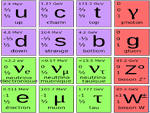 The 12 particles of matter
The 12 particles of matter
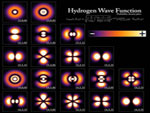 The atomic orbital or image atom
The atomic orbital or image atom
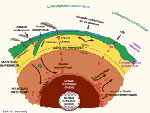 Earth's radioactivity
Earth's radioactivity
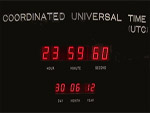 The Leap Second
The Leap Second
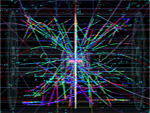 The vacuum has considerable energy
The vacuum has considerable energy
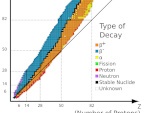 The valley of stability of atomic nuclei
The valley of stability of atomic nuclei
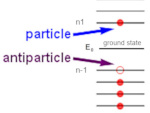 Antimatter and antiparticle
Antimatter and antiparticle
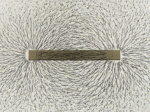 What is an electric charge?
What is an electric charge?
 Our matter is not quantum!
Our matter is not quantum!
 Why use hydrogen in the fuel cell?
Why use hydrogen in the fuel cell?
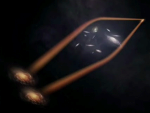 The secrets of gravity
The secrets of gravity
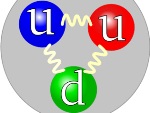 E=mc2 explains the mass of the proton
E=mc2 explains the mass of the proton
 Image of gravity since Albert Einstein
Image of gravity since Albert Einstein
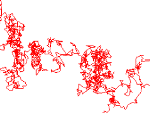 Einstein's miraculous year: 1905
Einstein's miraculous year: 1905
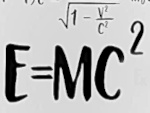 What does the equation E=mc2 really mean?
What does the equation E=mc2 really mean?
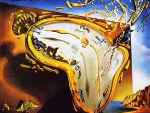 Special relativity and space and time
Special relativity and space and time